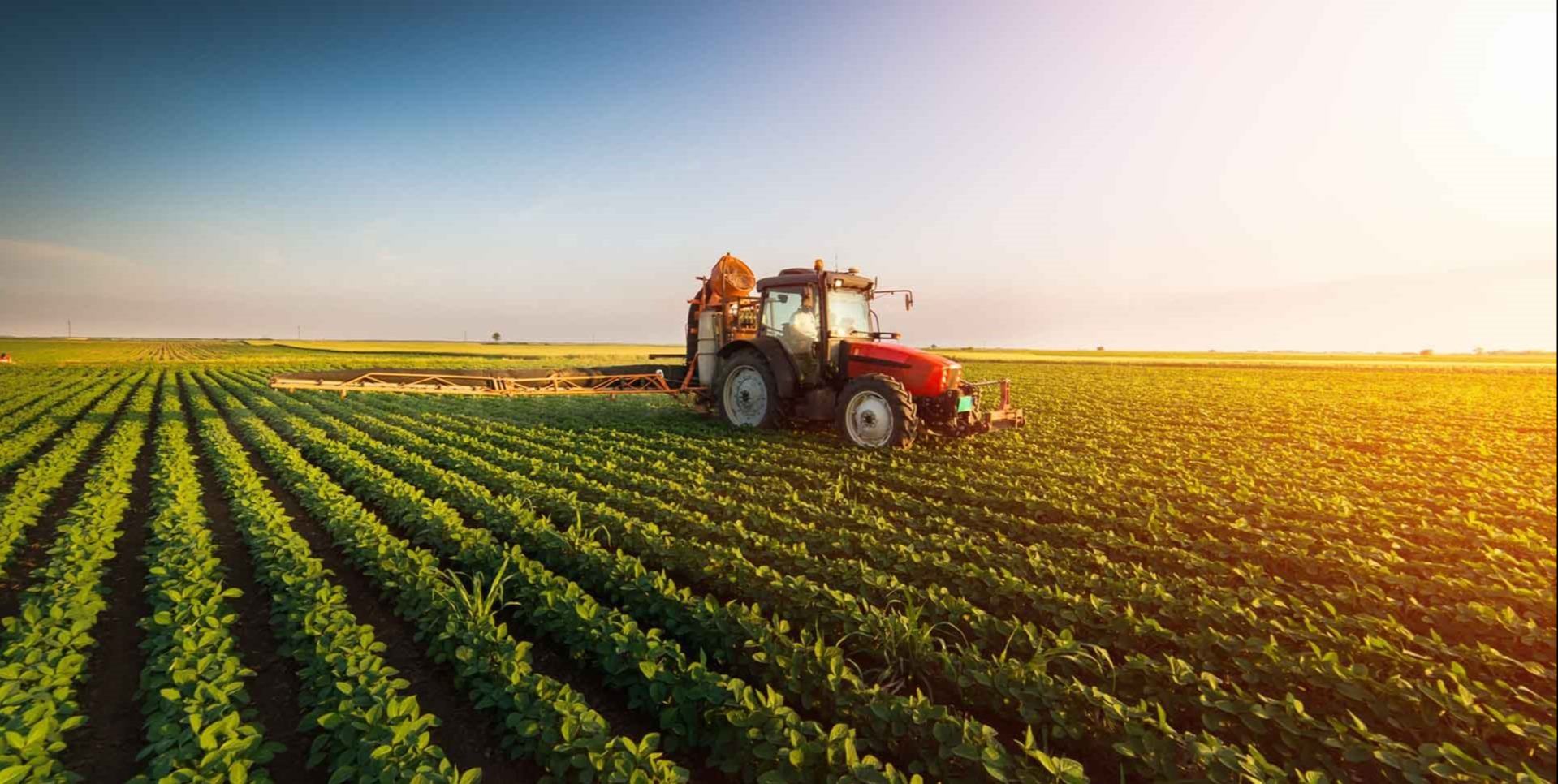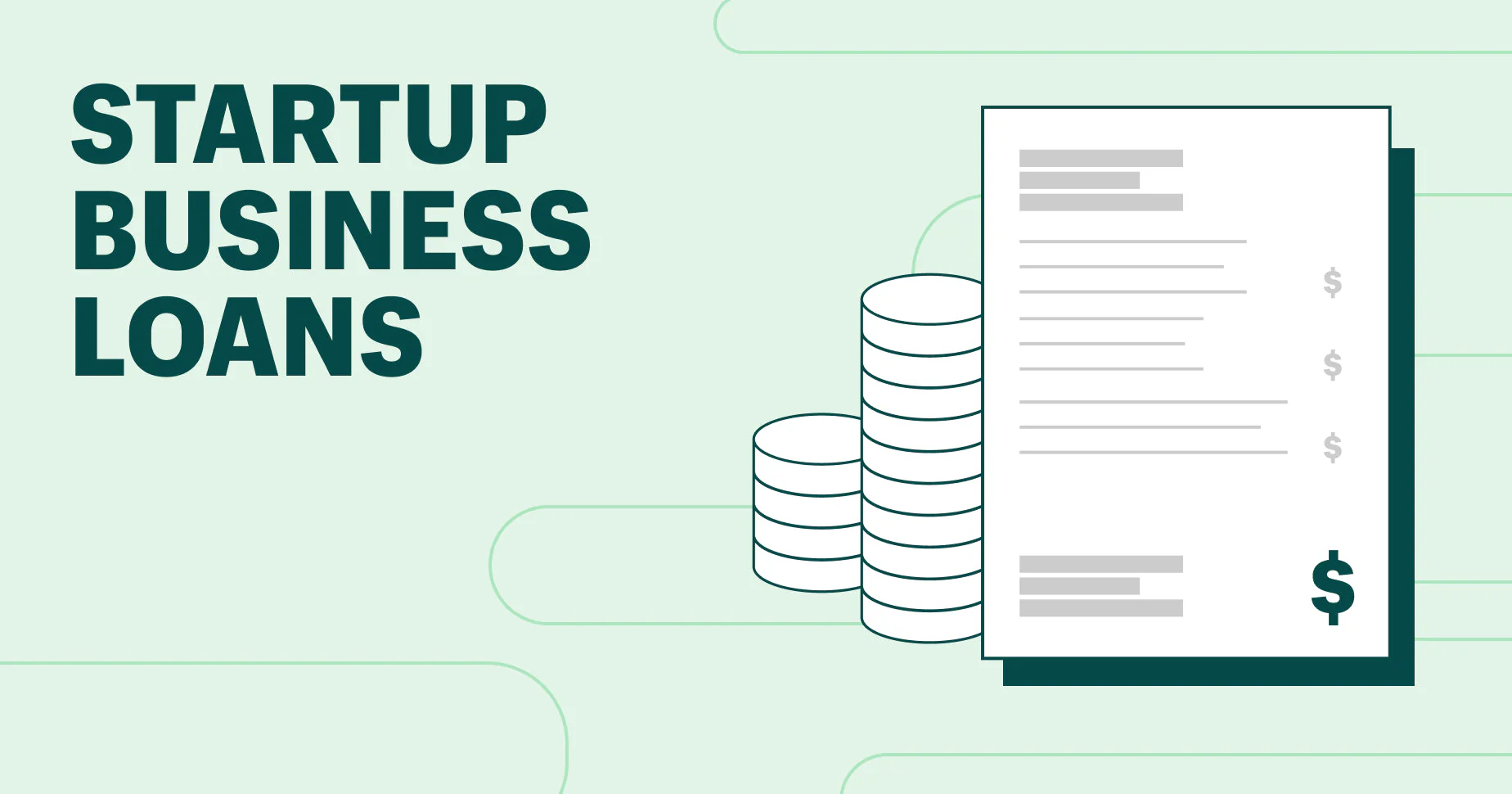For the backbone of the Philippine economy—the agricultural sector—access to credit is vital for a farmer’s livelihood. A loan can be a powerful tool for a farmer to buy new seeds, acquire modern farm machinery, or expand a livestock operation. However, the unique challenges of the agriculture industry, such as fluctuating crop yields and vulnerability to natural disasters, require specialized financing solutions. This guide will provide a detailed overview of the best agricultural loan options available for Filipino farmers, agribusinesses, and rural cooperatives.
Government and Institutional Loan Programs
In the Philippines, the primary sources of agricultural financing are government agencies and government financial institutions (GFIs). These institutions are mandated to support the agricultural sector and often provide loans with lower interest rates and more lenient requirements than private banks. Understanding these programs is the first step toward getting the funding you need.
The Role of LandBank and DBP
The Land Bank of the Philippines (LandBank) is the country’s largest rural bank and is at the forefront of agricultural financing. It is mandated to provide financial support to the agricultural sector, and it does so by managing and disbursing funds from a variety of government programs. LandBank offers a wide range of agricultural loans, from crop loans that finance a farmer’s seasonal needs to long-term loans for the acquisition of farm machinery and equipment. The bank’s mission is to promote inclusive growth in the countryside by providing affordable and accessible credit to small farmers and fisherfolk.
The Development Bank of the Philippines (DBP) is another key player in agricultural financing. DBP focuses on providing financial support for large-scale agribusiness projects, such as plantations, processing facilities, and other major investments. The bank has several loan programs that are specifically designed for agribusinesses, including the Sustainable Agribusiness Financing Program (SAFP). While DBP’s loans are often geared toward larger projects, it also manages and disburses funds from a variety of government programs that are available to small and medium-sized enterprises (SMEs) and rural cooperatives.
These two government banks are at the heart of the country’s agricultural financing system. They have a deep understanding of the unique challenges of the agricultural sector and are more willing to take on the risks of lending to farmers and agribusinesses. By working with LandBank or DBP, a farmer can get the funding they need to modernize their farm and increase their productivity.
DA-ACPC: Loan Programs with Zero Interest
The Department of Agriculture-Agricultural Credit Policy Council (DA-ACPC) is a government agency that designs and implements credit programs for the agricultural sector. The ACPC’s loan programs are often managed and disbursed through a network of Partner Lending Conduits (PLCs), which include rural banks, cooperative banks, and credit cooperatives. These programs are a great option for a farmer who may not be able to get a loan from a traditional bank.
One of the most popular ACPC programs is the Agri-Negosyo (ANYO) Loan Program. This program offers loans for individual small farmers and fisherfolk (SFFs) and agribusinesses. The loans are provided with zero interest, with only a minimal service fee charged by the PLCs. The loan amount can be as high as ₱15 million for a business enterprise, making it a powerful tool for a business that wants to expand its operations. Another popular program is the Kapital Access for Young Agripreneurs (KAYA), which provides loans with 0% interest to young farmers who are 18 to 30 years old.
The ACPC’s loan programs are designed to provide a much-needed lifeline to farmers and agribusinesses. The lenient requirements and the zero-interest rates make these programs an excellent option for a farmer who may have a hard time getting a loan from a traditional bank. The programs are a testament to the government’s commitment to supporting the country’s agricultural sector.
Getting Your Loan Application Approved
Once you have identified the right loan program for your needs, the next step is to prepare your application. Agricultural loan applications have a unique set of requirements that are different from a regular business loan. By having all your documents in order and a clear business plan, you can significantly increase your chances of a successful application.

Essential Documents and Requirements
The documents required for an agricultural loan application vary depending on the lender and the specific loan program. However, there are a few key documents that are almost always required. The most important is your registration with the Registry System for Basic Sectors in Agriculture (RSBSA). This is a government database that proves that you are a legitimate farmer or fisherfolk. You will also need to provide your business’s legal papers, such as your DTI or SEC Business Registration, if you are an agribusiness.
You will also need to provide a variety of personal and financial documents, including a photocopy of your valid government-issued ID and a recent proof of billing. For the loan itself, you will need to provide a simple business plan that outlines your project and how you plan to use the loan. This is a critical document, as it gives the lender a clear overview of your project and its potential for profitability. You will also need to provide documents that prove your land ownership, such as a Land Title or a Certificate of Land Ownership Award (CLOA) if you are an agrarian reform beneficiary.
The bank may also require you to provide a crop insurance certificate, as this is a key tool for mitigating the risk of a crop failure. Some loan programs may not require collateral, while others may require you to provide a collateral like your land or a piece of machinery. By having all these documents in order, you can ensure a smooth and efficient application process.
Choosing the Right Financial Partner
When choosing a financial partner for your agricultural loan, you should look for one that has a deep understanding of the unique challenges of the agricultural sector. The Development Bank of the Philippines (DBP) is an excellent option for a large-scale agribusiness, while the Land Bank of the Philippines (LandBank) is a better option for a small farmer or a rural cooperative. You should also consider the rural banks and credit cooperatives in your local area, as they are often the Partner Lending Conduits (PLCs) for government programs.
You should also look at the interest rates and the loan terms. While government programs offer zero interest, the service fees charged by PLCs can vary. You should also be aware of the repayment terms. A crop loan, for example, is typically repaid after the harvest, while a loan for farm machinery may have a longer repayment term of up to five years. By choosing the right financial partner and the right loan program, you can get the funding you need to take your farm to the next level.
Conclusion
For a Filipino farmer, access to credit is essential for a productive and profitable livelihood. By understanding the various loan programs available from government agencies like DA-ACPC and financial institutions like LandBank and DBP, you can find the right financing solution for your needs. By having all your documents in order and a clear business plan, you can get the funding you need to modernize your farm and take your business to the next level.













